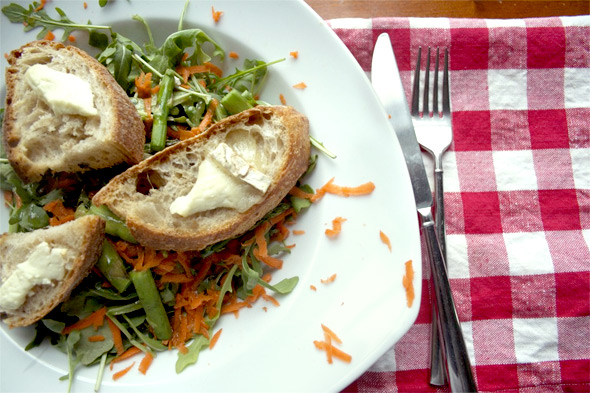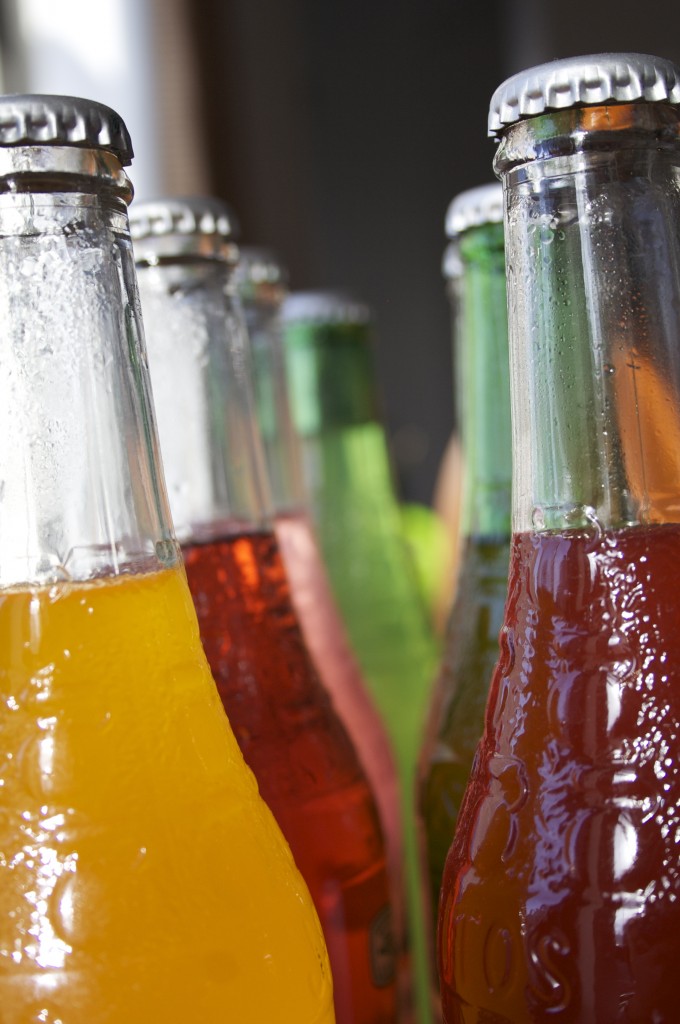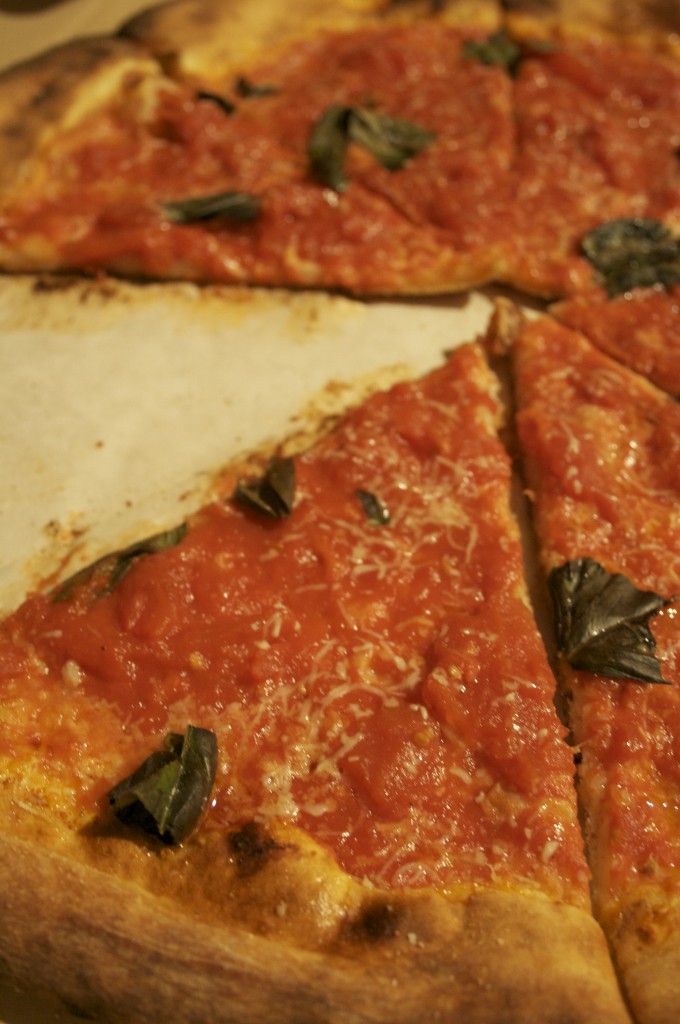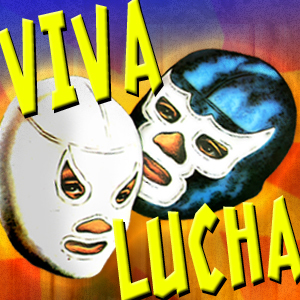New York City
Here Comes the Sun05.04.11
So the past few weeks have been pretty hectic around here. I was working on a final project for school on solar energy in NYC and learned about the growth it’s experiencing and will potentially experience in the next couple of years. Did you know that second to California, New Jersey is a top producer of solar energy in the country? I know, crazy.
Coincidentally, all this attention on the sun has made me notice how quickly the city has shed its wintry layers. This past weekend, G and I enjoyed a breakfast picnic in the Clinton Community Garden, an emerald jewel in the neighborhood that I pass by every day on my way to work. It’s a discovery I’m actually even hesitant to share–a calming oasis in the middle of the Hell’s Kitchen hustle. It seemed that just a few weeks ago, the garden always looked quiet, recovering from a long and bitter winter. That morning, it was completely alive: tulips were blooming, sparrows were chirping, and we took it all in while munching on blueberry oat scones from Amy’s, fruit salad and earl gray tea.
So yes! One of my favorite seasons–picnic season–is upon us and with it the cue to start dining outdoors. I had the pleasure of putting together a guide to al fresco dining in NYC, and discovered a list of interesting places to keep in the radar throughout the next couple of months. I also came across an inspiring Selby film about the owner of Rockaway Taco, a pop-up taco shack that opens for the summer to feed hungry surfers fish tacos and fresh juices. The chef Andrew Field works half the year and spends the other half surfing and traveling around the world (sigh). According to Rockaway Taco’s website, there are 14 days until opening day, and I can’t wait. Let the countdown begin.
Rockaway Taco, A Selby Film from the selby on Vimeo.
Easter in a bun04.16.11
Ever since we moved to Clinton, a year and a half ago, we’ve been savoring the perks of living in the heart of the city. We not only walk to work, but to a butcher shop, spice market, flea market and fishmonger all located within a 5-block radius. But one of the most treasured discoveries has been the “Chinese Bun”. Ming Du, formerly known as Ying Du, is a Chinese bakery located on 38th street and 7th Avenue, and a neighborhood goldmine. Some days, when I get my breakfast on the go, a quick stop gives me a glimpse into the early morning buzz of Chinatown. When I place my order at the counter, I always notice a devoted clientele stationed throughout the restaurant, ready to start the day with noodles, hot broth, the daily paper and sweet milk tea.
However, the main reason G and I visit Ming Du are for the assortment of their breakfast pastries. They are puffy, golden spectacles filled with red bean, pineapple, egg cream or onion scallion, making them one of the most affordable breakfasts in the city. A bun plus a small cup of tea usually sets you back about $1.35.
Which brings me to the main point of my story. Lately, I’ve been craving my habichuelas con dulce, that unique Easter dish from the Dominican Republic made from cooking red beans, coconut milk and sweet potato. With the red bean bun from Ming Du, now I can get the sweet and creamy flavors of my habichuela in a slice from the Far East right down the street.
Organics 2.004.02.11
These days, it seems that everywhere you turn, there’s an organic counterpart to a product you’re consuming: shampoo, vegetables, dairy, even cosmetics. Their labels usually market the product as “All Natural” and “100% Organic” and are typically more expensive. But are these products worth the higher cost and most importantly, do they deliver on their claim? Keep reading to discover what you need to know to shop organics the smart way.
It’s easy to shop organic.
FALSE.
In the past few years, manufacturers have leveraged the country’s obsession with healthier eating by producing more organic products. However, for a product to have a USDA-certified organic sticker and be certified organic, it must be composed of at least 95% organic ingredients. Consumers are easily misled by those products with the word “organic” on their label, and often end up paying more for a product that has organic ingredients, but isn’t certified organic.
Diane Hoch, nutritional health counselor and founder of Food Evolution, a nutrition and cooking center in Bardonia, New York, defines the word “organic” in simple terms: “Organic is how nature intended food to be.” When shopping for produce, she suggests looking at the PLU sticker. A number 9 in front of the 4-digit number indicates the product is organic; an 8 indicates that the product has been genetically modified (yuck!).
In shopping for poultry, she recommends you look for “Free Range Organic” on the label or labeling that says “Hormone Free, Antibiotic Free” or “raised on a vegetarian diet without the use of hormones, antibiotics, steroids”. Ideally, beef should be “Grass Fed Organic” and/or purchased directly from a farm.
Organic food means more healthful food.
DEPENDS.
Organic food is food that hasn’t’ been grown using pesticides or chemical additives. It is food that doesn’t come from GMO’s (genetically modified organisms) that have been developed inside a lab, instead of in an open field. Traditionally, food was farmed in a system of rotating crops that would attract pollinators and give the earth time to replenish itself. Contemporary industrial agriculture subsists on a monoculture focused mostly on the crops of corn and soy. Thus, farmers have had to resort to using chemicals and pesticides in order to grow their crops because the earth is literally exhausted.
Virginia Schiffino, former Associate Professor of the NYU Food Studies Program, believes that organic good doesn’t equal healthful food, since now organic versions of junk food are now readily available. “I’d’ rather buy a nonorganic brussels sprouts than an organic box of cereal,” she says.
You can be eating food that’s organic that doesn’t have organic certification.
TRUE.
When you visit your local fresh market, it’s possible to buy food that’s organic without being organically certified. There are costs involved in acquiring an organic certification, so those producers whose annual sales don’t exceed $5,000 are exempted from the certification. You can often find this produce at your local farmer’s market, or at CSA’s (Community Supported Agriculture) programs, where it’s possible to visit the farm and ask the farmer directly about the kind of growing methods that are used.
Products need to be made with 100% organic materials to be labeled organic.
FALSE.
In order to be labeled organic, a product must have at least 95% organic ingredients. If it has 70%, the product can be labeled as “made with organic ingredients”. The National Organic Program (NOP) is the federal regulatory agency governing organic food, administered by the USDA. The Organic Food Production Act of 1990 required the USDA develop national standards for organic products, which covers production, processing, delivery and sale of organic products.
When a product is not organic, you can automatically assume that it has some GMO components.
TRUE.
GMO’s are genetically modified organisms that have been altered or developed inside a lab. Food that is not certified organic has at least some traces of GMO’s. High fructose corn syrup and hydrogenated oils are examples of GMO’s that are commonly found in most of today’s processed foods. To Schiffino, what is more perplexing is that fact that when something is not organically certified, you don’t know why it’s not. “When something is certified, it’s absolutely clear, but when not, the consumer is lacking in a lot of information,” she says. There are parts of the world in which more transparency exists when it comes to what’s in your food. In Europe, for example, labeling requirements specify that manufactures have to let consumers know the ingredients that are GMO’s.
You should stay away from the “Dirty Dozen” to reduce pesticides in your diet.
TRUE.
There’s a list of produce that is more prone to absorbing pesticides because of its soft outer layer. These fruits and vegetables have been labeled the “Dirty Dozen”, which include the following:
Celery
Peaches
Strawberries
Apples
Domestic blueberries
Nectarines
Sweet bell peppers
Spinach, kale and collard greens
Cherries
Potatoes
Imported grapes
Lettuce
Source: Environmental Working Group 2010
Jessica Solt, a writer in New York City has been shopping organic for about 1 ½ years. Her wake-up call came after watching the movie Food, Inc, which led her to realize that the food industry was “being tampered with”. For her, it’s money that’s well spent. “If there’s something you can control, it’s that.”
So next time you prepare your sofrito, try to make it with organic celery instead.
“The sky is clear, prepare yourself for warmth”02.06.11
It’s 40 degrees in New York City today! The sky is a bright blue, sunlight is flooding my living room and it feels like Spring is actually peeking its head. Oh, sun, how I have missed you! After weeks and weeks of gloom and gray, it’s refreshing to see that buildings outside my window actually have color: red, sand, white, yellow. This week, Punxsutawney Phil predicted an early Spring. Only two more weeks of winter? I can’t wait! And even if it takes a little longer to arrive, it’s not too early to kick off Spring, at least in our kitchens. Here’s a clean Paris-inspired recipe that’s bright on your plate and good for you, too.
Salade de Chèvre Chaude (warm goat cheese salad)
Makes 2 servings
Salad green (mesclun, spinach or romaine)
2 carrots shredded
any other veggies that turn you on or you have in your kitchen
rustic bread
goat cheese
Dressing
1 shallot finely diced
2 tablespoons of olive oil
1 tablespoon of red wine vinegar
1 teaspoon of Dijon mustard
salt
pepper
sugar
Combine dressing ingredients and adjust seasonings to your liking with salt, pepper and sugar. Set aside. Toast the bread. Top the slices of bread with goat cheese and stick in the broiler for 2 minutes or until cheese is bubbly and soft. Toss salad greens and veggies with the dressing. Top your salad with the toasted bread and cheese. Eat immediately!
My Top 10 list for an NYC holiday12.17.10
This year, I’ll be celebrating a tropical holiday. After six years in NYC, G and I decided to change things up a bit and follow the sun this year. We have gotten a beating the past few weeks with temperatures in the 20’s, so I’m looking forward to shaking off the cold for a couple of days.
I have to admit there’s something very special about celebrating the holidays in a winter wonderland (especially when the snow starts to fall). So I’ve compiled a list of the top 10 things (food-related, of course) that I will miss about having an NYC holiday.
In the meantime, I hope you have a happy, blessed week with many new discoveries, wherever the holidays find you.
My Top 10 for an NYC Holiday
10. Shopping in the charming outdoor Holiday markets and noshing on cool snacks like olive and feta cheese pretzels (Columbus Circle), almond and sage cookies (Union Square) and Max Brenner’s hot chocolate (Bryant Park).
9. A piping hot bowl of Vietnamese Phó shared with a group of loud and crazy friends over Sunday supper.
8. Early dinners of steamy Halal platters with delicate strips of lamb, the lightest rice on earth and an out of this world yogurt sauce to marry all the ingredients together.
7. Indulging in holiday drinks like “Dominican egg-nog” and after going out for a late-night walk in the cold while feeling warm and fuzzy.
6. Rediscovering the pleasure of drinking tea by tossing aside the familiar and experimenting with flavors like elderflower green tea, gen mai cha and South African rooibos in TeaGschwendner, my new favorite tea shop.
5. Getting creative in the kitchen with squash, brussel sprouts and all the fall produce!
4. Preparing steamy soups that nourish the spirit and warm the belly in my beloved blue pot .
3. A dinner of lemony avgolemono from Uncle Nick’s, our neighborhood Greek spot.
2. Picnic lunches in the office with fresh baguettes, thin veils of prosciutto, fresh and creamy mozzarella, fig jam and green salad, all from quick runs to Eat-aly!
and the number one thing I will miss about spending my holidays in NYC is:
Eating ice-cream when it’s 20 degrees outside ’cause it means you can take your sweet time and really savor every bite!
It’s Ceviche Time!11.22.10
It was time for Sunday supper in NYC.
The seafood had been chilling in the fridge, soaking up the flavors of a clear, citrus broth. This was my first attempt at preparing ceviche, the classic dish of cured seafood from the kitchens of Peru and Ecuador, and judging from the delicate flavors and textures it yielded, it would definitely not be my last. I caught the last wave of local tomatoes, dicing their bright red flesh and piling them over the succulent seafood that had been marinating for a couple of hours. On top of those juicy cubes, I added crunchy bits of green pepper, finely chopped slivers of white onion, and fragrant cilantro and parsley that turned out to look a lot like kitchen confetti.
We laid out small bowls throughout the dining table, each one filled with thinly sliced plantains, airy popcorn and chunks of crusty French bread. All these garnishes would create a symphony of textures to accompany the cool, clean dish. We bit into the plump pink shrimp, nibbled delicately on the silky mussels and popped the morsels of scallops and miniature clams into our mouths. We sipped on cold white wine, while talking and laughing.
That afternoon I had visited the food markets of the Upper West Side, and after getting home, I turned to The South American Table cookbook for guidance. The result was a light and flavorful meal: the orange and mustard in the marinade gave the seafood a sweet and tangy note, the toppings gave it crunch and a lemony freshness. The different garnishes added an interactive component that was a hit.
This weekend, a hint of Spring was in the air. It was time to venture into something new.
Shellfish Ceviche Serves 6 (I served it as a meal, but you can also make it as an appetizer at your next dinner party)
4 cups water
1 scallion, sliced
1 lb. medium shrimp, peeled and deveined
½ lb. bay scallops
¼ cup dry white wine
1 lb. mussels, scrubbed and deveined
16 baby clams
MARINADE
1/3 cup lemon juice
1/3 cup lime juice
2/3 cup orange juice
½ cup chicken broth
1 tablespoon extra virgin olive oil
1 teaspoon Dijon mustard
1 teaspoon Worcestershire sauce
½ teaspoon sugar
½ teaspoon salt
¼ teaspoon black pepper
Hot sauce
GARNISHES
1 medium tomato, peeled, seeded and finely chopped
1 small green bell pepper, seeded and finely chopped
1 small onion, finely chopped, rinsed with hot water and drained
2 tablespoons fresh cilantro
2 tablespoons fresh parsley
SIDE DISHES
Popcorn, plantain chips (chifles), French bread, ripe avocado
INSTRUCTIONS
In a large saucepan, bring water and scallions to a boil, reduce heat and simmer for 5 minutes. Add shrimp, remove from heat and let stand for a few seconds until the shrimp turn pink. Remove shrimp and rinse under cold water.
Add scallops to the cooking liquid and bring back to boil. Remove from heat, cover and let stand for 3 minutes. Once scallops are cooked through (their center should be white), drain and rinse under cold water.
Place wine, mussels and clams in large skillet and bring to boil. Cover and continue to boil until shells are open, 3 to 5 minutes. Remove clams ad mussels from their shells.
Make marinade by combining all the ingredients in a large glass or ceramic bowl. Stir in shrimp, scallops, mussels and clams. Mix well, cover with plastic wrap and refrigerate for at least 2 hours.
Before serving, taste for salt, sugar and spice. Serve with garnishes and side dishes.
Foodie Event @ NYC’s Chelsea Market11.14.10
Foodie Event @Chelsea Market from Karina Taveras on Vimeo.
This month, I had the chance to shoot and produce my first video, and cover a Book Launch and Tasting Event at NYC’s mouth-watering Chelsea Market. Twenty-five chefs from all over New York City came together to show off their stuff, choosing one recipe from The Essential New York Times Cookbook by Amanda Hesser that hit bookstores, and giving each recipe their own unique twist. The event was a blast! The chefs were incredibly warm and passionate about their creations, while the guests were devoted followers of the gastro scene in NYC.
I also had a chance to speak to Sisha Ortuzar, a young talented chef from Chile who heads the kitchen in New York’s Riverpark. He talked to me about the spicy shrimp dish he served that night: a take on a classic Pickled Shrimp recipe that he pickled in spice and topped with a brittle made from the same spices he used in the pickling process–coriander, caraway and fennel seeds.
Bottled Jewels10.31.10
Did you know that there are soft drinks produced all over Latin America, and that you can get a taste of a country’s local flavor just by flipping open one of these bottles? In the Dominican Republic, for example, two of the most popular drinks are Merengue and Refresco Rojo, and are available at Dominican restaurants and bodegas around NYC. In Peru, the local palate lusts for Inca Cola, Cola Real and Chicha Morada. I know, I know, when the temperature starts to drop, it’s more fitting to talk about chocolate caliente and atole? But even though the city seems to have changed from green to fall yellow overnight, my memories of summer are still alive.
I was walking to work one day when I stepped into my corner deli to pick up a bottle of water and some flowers for the week. As I paced through the store browsing the cold drinks stocking the fridge something surprised me. An entire shelf was stocked with a line of the quintessential Mexican soft drink Jarritos. Captivated by the bejeweled bottles, I stared at the luminous rainbow of flavors: tamarind, pineapple, jamaica, mandarin, grapefruit, lime.
Not long ago, lime soda became my summer drink of choice. Along with boogie boarding Saturdays. G and I would wake up, pack PBJ’s and rush out of the house to squeeze every moment of our long warm days, returning time and time again to our favorite spot on the Jersey Shore. After an invigorating day of playing with the waves, we would drive home when the last hint of light covered the sky, picking up burritos at our favorite tex-mex joint in Hell’s Kitchen. With salt on my skin and leftover sand between my toes, I would order a bottle of the lime green, psychedelic-looking soda, straight out of the pages of Dr. Seuss.
Latin flavors dominate the scene
The Culinary Institute of America held a seminar about Latin American food called “Latin Flavors, American Kitchens” in its San Antonio campus, with guest chefs including Rick Bayless and Maricel Presilla, two established chefs and ambassadors to Latin American cuisine in the U.S. More and more, Latin American food appears to be influencing restaurant menus throughout the country. Check out the latest newcomer to the Nuevo-Latino food scene in NYC, Nuela. Also, eaters are moving away from fine dining to more casual establishments, which has given opportunities for more Latin American restaurants to break through the market. That is some excellent news, can’t wait to see what the next knock out will be!
Read more about what happened at CIA here.









Food For Thought